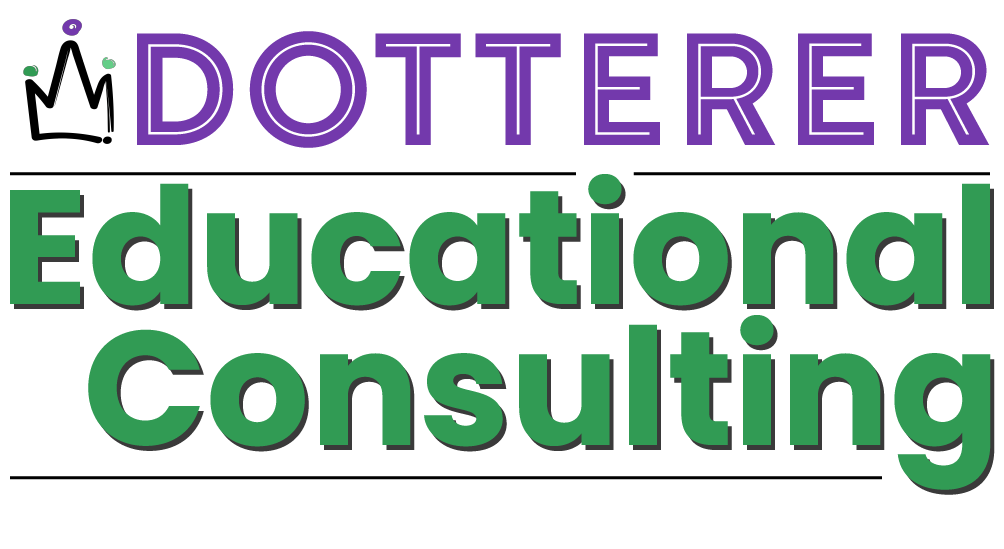I walked into his home on my first day. I had just left a career in adult rehab and entered the role of a direct service occupational therapist in a cyber school setting. I had absolutely no idea what I was doing. One of the first questions his mom asked me was, “How can my child read but not be able to write?” Having no response, I answered with the typical, “I don’t know, but I will do my best to find out.” That answer took about six or seven years to answer.
I have continued to research dysgraphia and its impact on students’ educational process. What if a student has ADHD? What about autism? How do obsessive-compulsive tendencies relate?
Summarizing my anecdotal research, a student with dysgraphia needs significant support with visual and memory supports. They demonstrate decreased letter formation in the early years and lack creativity with writing later in their schooling career. Visual samples are imperative to supporting these students. Samples can range from letter strips early on to paragraphs or even math formulas in later years.
Imagine feeling defeated because you cannot keep up with your peers. Your writing ability is labored. That’s how one of three students feel! You read that correctly. That’s 110 million people in the United States alone. It can appear like they are simply complaining or just being lazy, but inside, the frustration becomes traumatic and takes their breath away. Others see behaviors as disrespect, not caring, or lazy. Many therapists, teachers, and parents provide trial and error style support. This trial-and-error style consumes years to resolve. As a result, the child grows and enters college unprepared.
According to the Diagnostic and Statistical Manual of Mental Health Disorders, fifth edition (DSM-5), the word dysgraphia is not mentioned. Instead, it describes the following challenges these students face. The new term is called a disability in written expression (American Psychiatric Association, 2013)
- Grammar
- Punctuation
- Capitalization
- Sentence structure errors
- Paragraph organization
- Clarity
- Spelling errors
- Activity demands exceeding student’s capacity
- Interference with activities of daily living
The definition further describes what is NOT included in a disability in written expression.
- Intellectual disability
- Visual or auditory disability
- Mental health disorder
- Neurological disorder
- Psychological adversity
- Lack of proficiency in language skills
- Inadequate instruction
Over time, I’ve translated my research into this pyramid.

Motor Dysgraphic kids lack control, accuracy, precision, and speed in their motor function.
Memory gaps create challenges at every level of written expression.
Word Formation, or spelling and vocabulary errors, create havoc as parents’ expectations and school allowances are not aligned.
Sentence structure and understanding grammar, capitalization, and punctuation basics vary from one sentence to the next.
Creativity of narrative, expository, and technical writing are below expectations.
The types of dysgraphia and essential interventions are discussed in Handwriting Brain-Body DisConnect. The book is available on Kindle, paperback, and hardcover.
Following the book’s release, readers asked if I share more interventions. So, I created the Dotterer Dysgraphia Method. Therapists with 20 years’ experience write me often saying how much clarity the course gave them.
Kathy was one of my first. She called me several months after completing the course and shared this story (all names have been changed for privacy):
Kathy was sitting at an initial IEP meeting. The student, John, had been expelled from the third school because he routinely ran away from teachers and the school. He tended to be violent, throwing desks and other objects.
As his mother, Beth spoke, Kathy recognized the underlying symptoms as lack of recognition of letters and words so he could write them, hand pain, clumsiness, poor vocabulary, inability to write accurate sentences and paragraphs. His frustration and lack of clarity to explain why he couldn’t put things on paper yielded his violent behavior. Additionally, he was behind on reading and math.
Kathy began asking questions during the meeting. By the time school started, John had a new IEP, including a new category, goals, and Specially Designed Instruction that fit his needs.
During our phone call, Kathy admitted that she would never have been able to differentiate the behaviors Beth was describing if the meeting had been before she enrolled in the course.
She added, Beth called her earlier in the day, sobbing. She found John running the bus down before school that day. “He is so excited about coming to school now. He anticipates the bus arriving at the house. If it wasn’t for you, I don’t know where I’d be. Your school was my last hope.”
Both Kathy and I were sobbing, another transformed life that will impact many to change more lives! Kathy is a Word Changer! You can be too! Anyone who changes the written words of a child is a Word Changer.
Word Changers Design Student Success!
I have added two more options to gain clarity about differentiating dysgraphia.
The Dotterer Dysgraphia Toolkit is a self-study version of the course.
I have taken the material and converted it into a virtual, one-day workshop, called Dotterer Dysgraphia Workshop.
In conclusion, handwriting is a complex neurological process. Combining it with reading, oral expression, and typewritten works completes the neurological process of learning. If one aspect is missing, ineffective communication will plague the student for a lifetime.
It is time to change these statistics to restore the enthusiasm for learning in our students and teachers so they can transform language skills and change the lives of students. Dysgraphia is more than just handwriting; it is a developmental delay that can be overcome with remediation.
Become a Word Changer and Design Student Success today!
American Psychiatric Association. (2013). Diagnostic and statistical manual of mental disorders (5th ed.). Washington, DC: Author.

